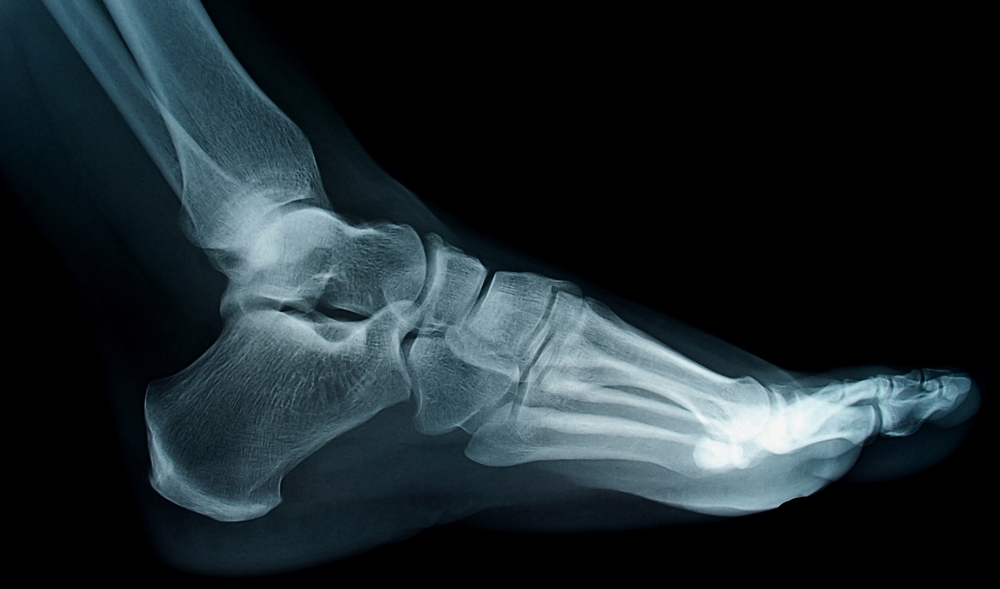Orthopaedic centres in Malaysia utilize various advanced diagnostic tools and technologies to assess and diagnose various injuries and conditions accurately. These state-of-the-art diagnostic tools play a vital role in guiding orthopaedic specialists in developing effective treatment plans. This article explores the key diagnostic tools and technologies used in orthopaedic centres in Malaysia, highlighting their significance in delivering precise and personalized care.
X-rays For Foot & Ankle Injury
X-rays are one of the most commonly used diagnostic tools in orthopaedic centres. They provide detailed images of bones and can detect fractures, dislocations, and joint abnormalities. X-rays are particularly useful in diagnosing foot & ankle injuries.

This also includes hand & wrist injuries. Orthopaedic specialists can assess the extent of the injury or condition, determine the alignment of bones, and plan appropriate treatment strategies based on the information provided by X-ray imaging.
Magnetic Resonance Imaging (MRI) For Spinal Injury
MRI is a powerful imaging technique used in orthopaedic centres to obtain detailed images of soft tissues, such as ligaments, tendons, and cartilage. It is particularly valuable in diagnosing injuries and conditions that may not be easily visible on X-rays, such as ligament tears, meniscus injuries, and knee injuries.
:max_bytes(150000):strip_icc()/GettyImages-103919304-44ca865113b449fcb59574cd99fcf9a4.jpg)
By providing high-resolution images, MRI helps orthopaedic specialists accurately assess the extent of damage, plan appropriate treatments, and monitor the progress of healing.
Utilization Of Computed Tomography (CT) Scan
CT scans utilize X-ray technology to create detailed cross-sectional images of bones, joints, and soft tissues. They are particularly useful in diagnosing complex fractures, joint abnormalities, and spinal injuries. CT scans provide three-dimensional images that help orthopaedic specialists visualize the precise location and nature of the injury or condition. This information guides treatment decisions, and surgical planning, and ensures optimal patient outcomes.
Commonly Used Ultrasound
Ultrasound technology is commonly used in orthopaedic centres to assess soft tissues, such as tendons and muscles. It can provide real-time imaging and dynamic evaluation of injuries, making it useful in diagnosing conditions such as tendonitis, muscle strains, and ligament injuries. Ultrasound-guided injections and interventions can also be performed with high precision, ensuring accurate delivery of medication or therapeutic agents to the affected area.

Minimally Invasive Arthroscopy
Arthroscopy is a minimally invasive surgical procedure that utilizes a tiny camera inserted through small incisions to visualize and diagnose joint problems. It is commonly used in orthopaedic centres for acute knee injuries.
Arthroscopic imaging provides a direct view of the joint’s interior, allowing orthopaedic specialists to assess the condition of cartilage, ligaments, and other structures. This enables precise diagnosis, and surgical treatment can be performed through additional small incisions if necessary.
Orthopaedic centres from Subang Jaya Medical Center leverage a range of advanced diagnostic tools and technologies to accurately diagnose and assess injuries and conditions.
These tools provide orthopaedic specialists with detailed information about the nature, extent, and location of the injury or condition, enabling them to develop tailored treatment plans and ensure optimal patient outcomes. By utilizing these advanced diagnostic technologies, orthopaedic centres in Malaysia deliver precise and personalized care, improving the diagnosis, treatment, and recovery processes for individuals seeking orthopaedic treatment.
